Try GOLD - Free
ITALIAN MASTER BUILDERS
Archaeology
|November/December 2021
A 3,500-year-old ritual pool reflects a little-known culture’s agrarian prowess

On a hilltop at the edge of the town of Noceto on northern Italy’s Po Plain, a 2004 construction project had gotten just a few feet into the ground when a wooden structure began to emerge. A team of archaeologists led by Mauro Cremaschi and Maria Bernabò Brea was called in to investigate. “At the beginning, we thought it was probably some sort of residential building,” says team member Andrea Zerboni, a geoarchaeologist at the University of Milan. “But soon after we started the excavation, we noticed that the sediments inside the structure weren’t related to domestic activity.” Rather than material such as ash and charcoal, typically found where people lived or worked, the structure was filled with natural sediments of the sort that would be found in a lake. The structure they were excavating was not a building at all, the researchers realized—it was an artificial pool. What they have learned about this pool in the years since has provided surprising new insights into the social organization and ritual practices of a culture that thrived in this fertile region for centuries during the second millennium b.c. before disappearing. “The Noceto pool is unique in Italy—it’s unique in the world,” says Zerboni. “Building such a structure implies very careful planning, coordinating the work of many people, and a very clear architectural plan. We don’t expect to find such majestic structures from prehistory.”

This story is from the November/December 2021 edition of Archaeology.
Subscribe to Magzter GOLD to access thousands of curated premium stories, and 10,000+ magazines and newspapers.
Already a subscriber? Sign In
MORE STORIES FROM Archaeology
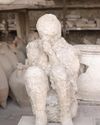
Archaeology
LEGEND OF THE CRYSTAL BRAIN
When most people envision the victims of the eruption of Mount Vesuvius in A.D. 79 that destroyed the cities of Pompeii and Herculaneum, they think of the casts of their bodies made by pouring plaster into voids left by their decaying corpses. Yet not all the physical remains of those who perished in the cataclysm decayed. In one case, a remarkable transformation occurred—a man’s brain turned to glass.
3 mins
July/August 2025
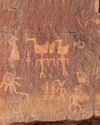
Archaeology
Birds of a Feather
Intriguing rock art in the Four Corners reveals how the Basketmaker people drew inspiration from ducks 1,500 years ago
8 mins
July/August 2025
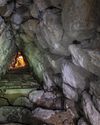
Archaeology
THE HOME OF THE WEATHER GOD
In northern Anatolia, archaeologists have discovered the source of Hittite royal power
13 mins
July/August 2025
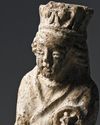
Archaeology
SAINTS ALIVE
Since 2019, archaeologists have been excavating in Berlin's oldest square, known as the Molkenmarkt, or Whey Market.
1 min
July/August 2025
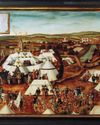
Archaeology
SOLDIERS OF ILL FORTUNE
The Schmalkaldic War, which began in 1546 and lasted less than a year, pitted the forces of the Holy Roman emperor Charles V (reigned 1519-1556) against the Schmalkaldic League, a Protestant alliance formed by German principalities and cities within the empire.
1 mins
July/August 2025
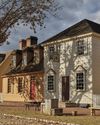
Archaeology
A NEW LOOK AT AN OLD CITY
Archaeologists are reconstructing the complicated 400-year history of Virginia's colonial capital
13 mins
July/August 2025
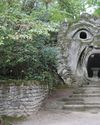
Archaeology
ITALY'S GARDEN OF MONSTERS
Why did a Renaissance duke fill his wooded park with gargantuan stone
10 mins
July/August 2025
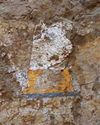
Archaeology
In Search of Lost Pharaohs
Anubis Mountain conceals the tombs of an obscure Egyptian dynasty
3 mins
July/August 2025
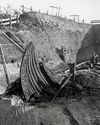
Archaeology
Setting Sail for Valhalla
Vikings staged elaborate spectacles to usher their rulers into the afterlife
15 mins
July/August 2025
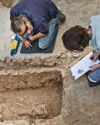
Archaeology
BOUND FOR HEAVEN
During excavations of a Byzantine monastery in 2017 just north of Jerusalem's Old City, a team led by Israel Antiquities Authority archaeologists Zubair 'Adawi and Kfir Arbiv discovered an unusual burial in a crypt beneath the altar of the complex's church.
1 mins
July/August 2025
Translate
Change font size
